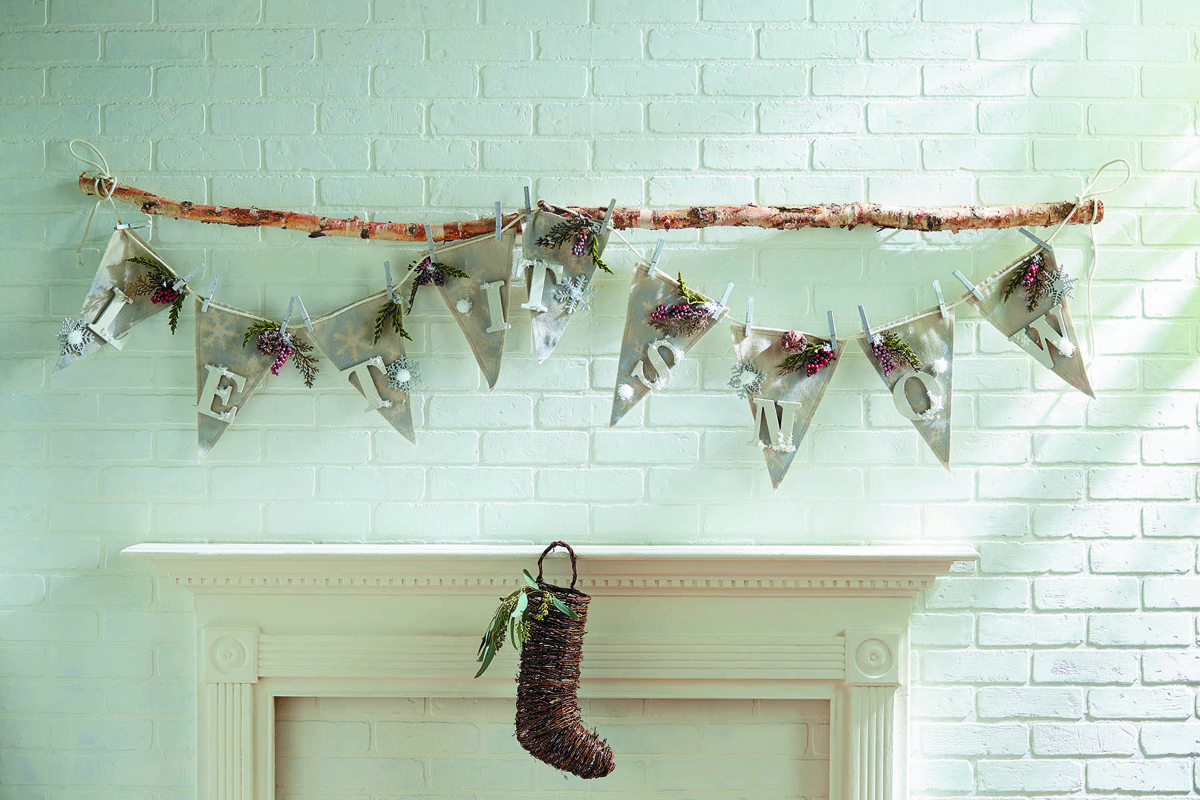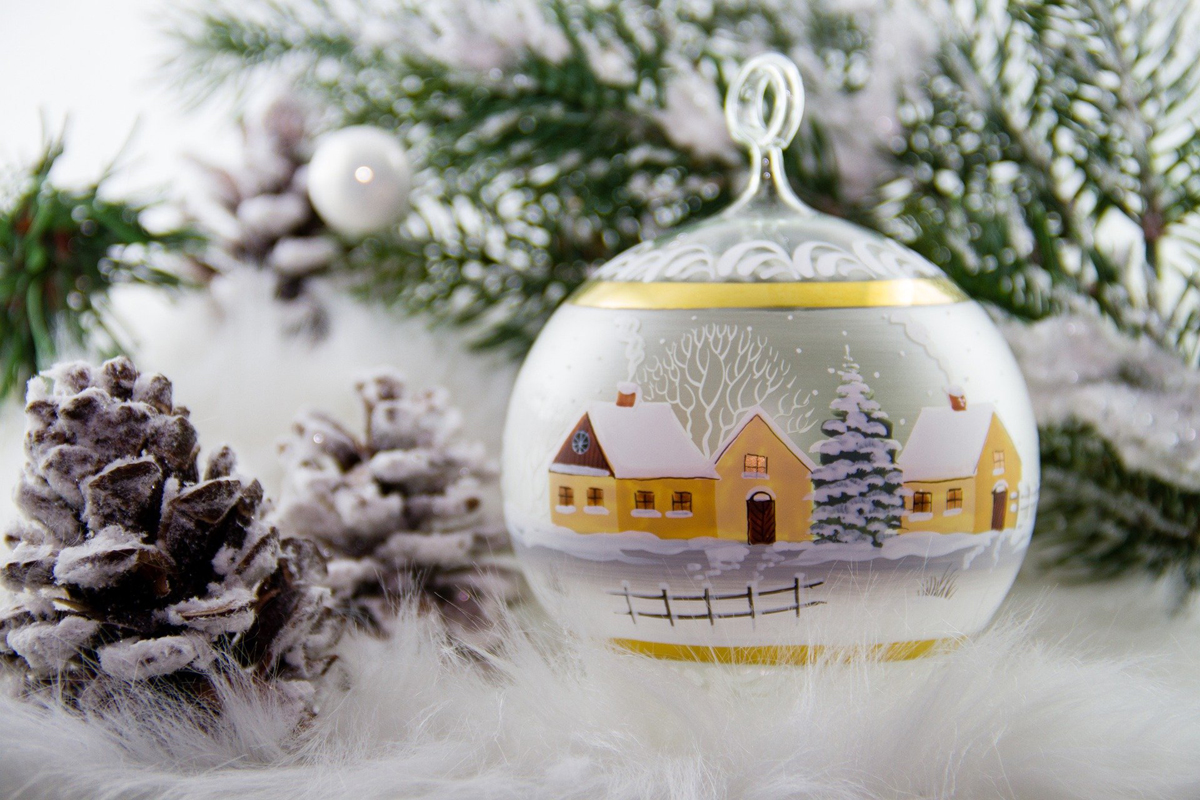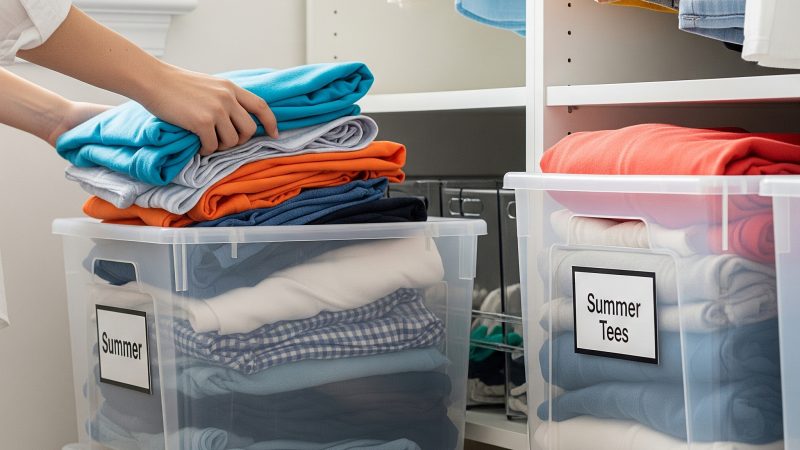Can My Hardwood Floors Be Saved?

Did you buy an older home with gorgeous hardwood floors? Did you recently have a flood or other floor trauma, and now you’re wondering if your beautiful flooring can be restored? Some wood floors are impressively resilient, and if they have updated sealants, they might be salvageable even when they’re obviously warped. Other woods are softer, and if dents, dings or warping are severe enough, it might be more cost-effective to replace this flooring.
Whether it’s salvageable also depends on the type of damage sustained. Dents and pits are entirely different from water damage. A wood’s hardness is based on the Janka hardness test, a measurement that considers a wood’s resistance to wear and denting. This test determines how much force is needed to get a.444-inch steel bar embedded at least halfway into the wood being tested.
One Tough Cookie
If you get the chance to choose your hardwood flooring, checking the Janka level is a good idea. The hardest woods are Australian buloke, Schinopsis brasiliensis, and Schinopsis balansae. The softest are Eastern white pine, balsa, and Cuipo. Haven’t heard of any of these? That’s because neither extreme is well-suited for most American temperatures – or bank accounts. The most common flooring in the United States, from oak to bamboo, is actually in the middle of the Janka scale.
No matter what type of hardwood floor you have, they’re all vulnerable to moisture and contraction. Dry heat (like in the winter when you’re dependent on your boiler or furnace) can lead to gaps between planks. Humidity in the summer can cause planks to expand, and the gaps will mysteriously disappear. However, too much moisture and the planks can buckle. That’s why acclimating wood to your home before installation (one-week minimum) is critical.
However, what if more than just moisture is affecting your wood floors? What if your floors endured a burst pipe, or what if a particularly heavy piece of furniture was pushed across them instead of carried? That’s when it gets tricky.
Replace vs. Refurbish
A reputable flooring contractor will keep your best interests at heart. Some damage can be sanded away and the planks re-stained. Don’t assume that just because warping, scrapes or dents look really bad that your floors can’t be saved. Sanding can work miracles. Even better, it gives you the chance to choose a brand-new stain or paint color all over again.
Floors that have been maintained with protective sealants also stand a better chance. It might look like you have deep pits in your floors, but that pitting could be mostly in the sealant – not in the actual wood.
Some disasters lead to severe damage, in which case replacing the flooring might be your best bet. However, make sure you ask about salvaging any of the flooring. In some cases, your flooring contractor might be able to match woods, align the pieces perfectly and then sand and re-stain the entire floor while only replacing certain sections. This can help you save money, and as much flooring as possible.
Having hardwood flooring comes with risks. It’s not as durable as man made options like carpeting, vinyl or laminate, but the appeal and added value to a home is beyond compare. Call your local wood flooring installation company to find out if any of your damaged hardwood flooring can be saved.
The Author:
Jen Stott is a writer and blogger, and works as the Content Director at Be Locally SEO in Salt Lake City, Utah.
Although not as durable as other options, hardwood floors add value to your home. http://www.whartonhardwoodfloors.com
Photo. Fwstudio








